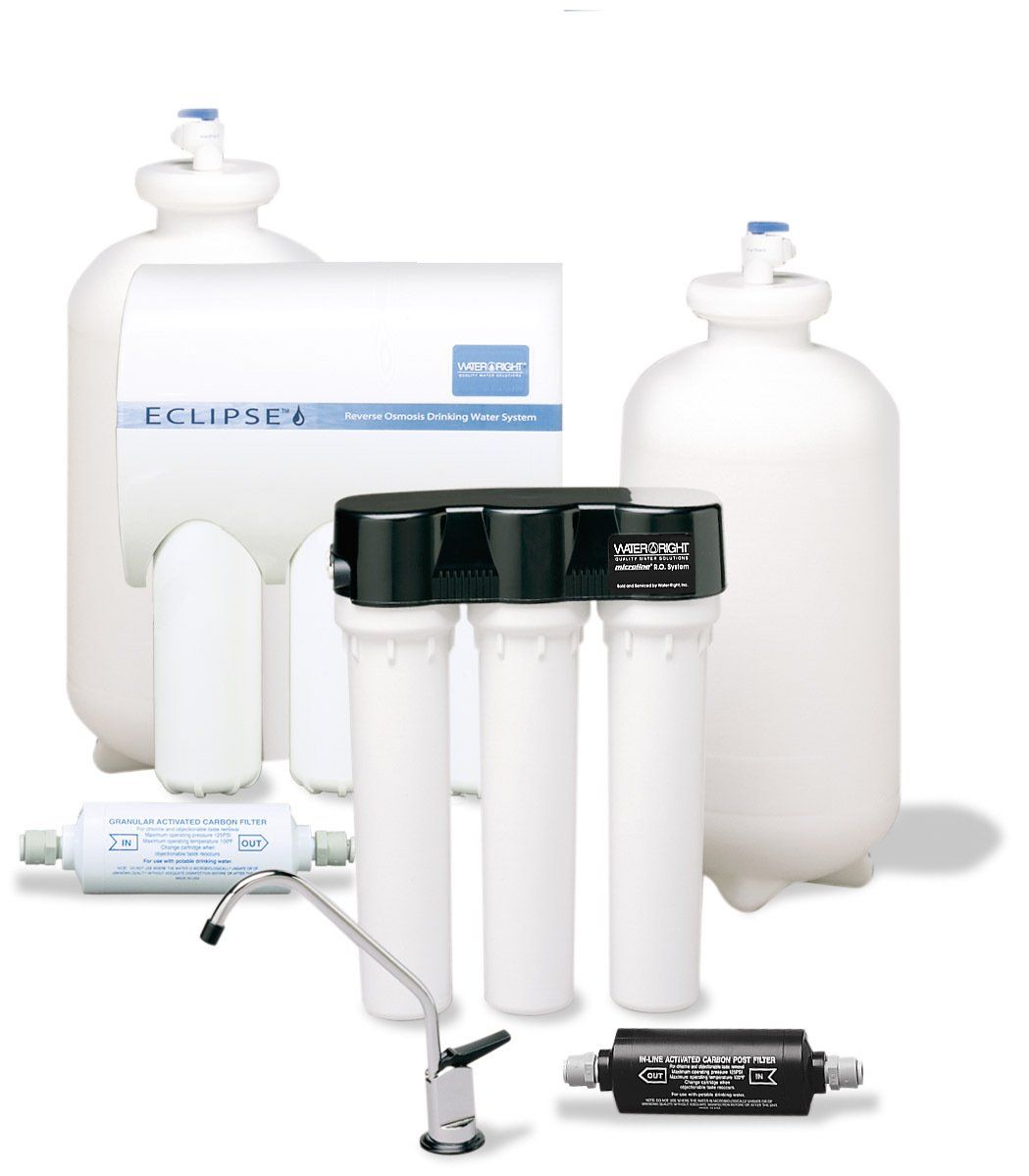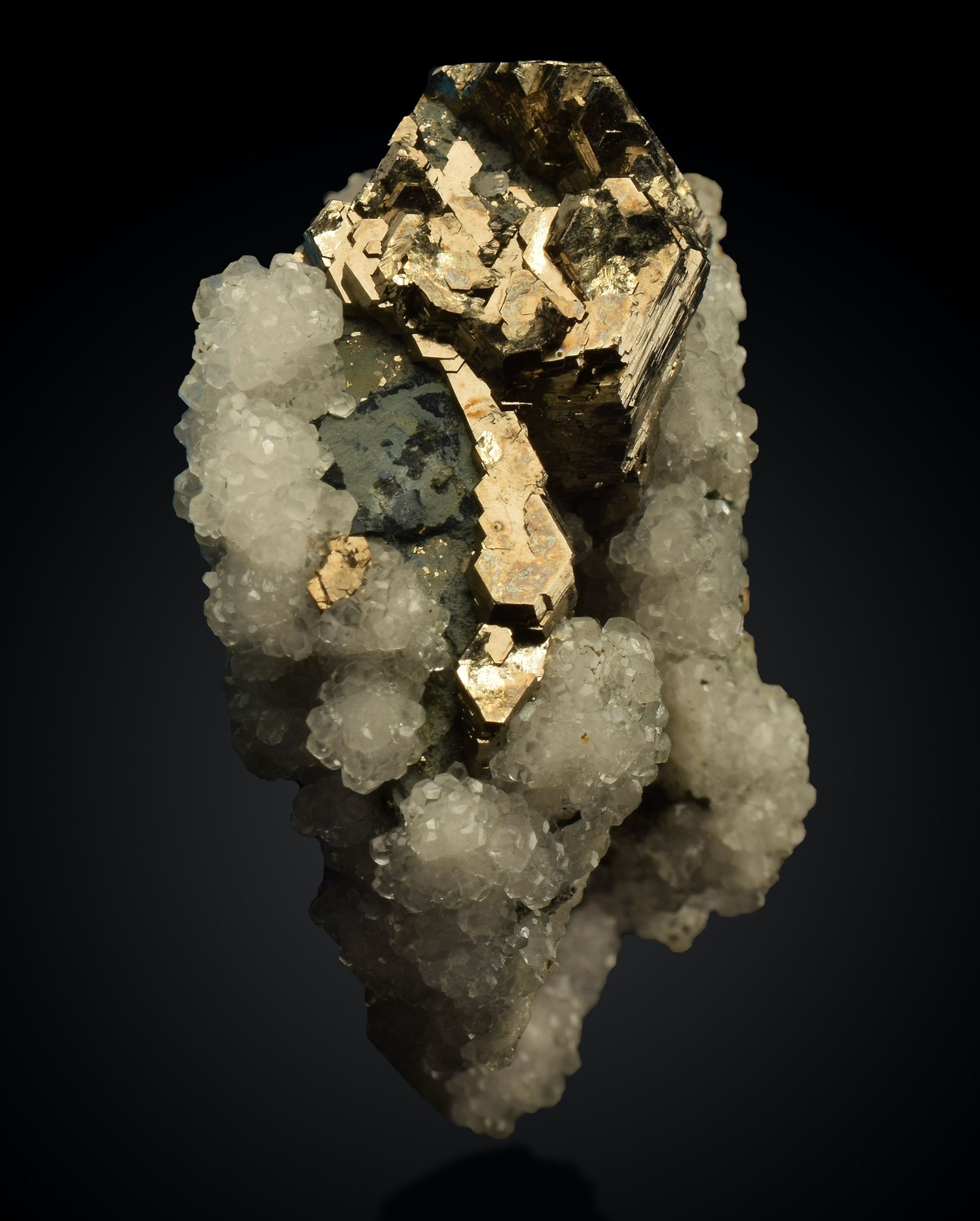Contact Us
Heavy Metals
While some are essential to our chemical makeup, others are dangerously harmful, so which is which?
Helpful or Harmless, which Heavy Metals do what?
Some naturally occurring metals are essential for human development, they are commonly found in many foods and water, and contribute to a healthy body when consumed at normal levels. Others are potentially hazardous, and even some that are less harmful can become harmful at high volumes.
Some metals do not occur in significant quantities under normal or "organic" conditions, but are instead the result of industrial activity or byproducts. These are generally not the sorts of things you would want to consume and should be addressed if they are found in your water.
Below are some of the more commonly found metals that can cause issues in a homeowners drinking water. As always, we highly recommend that anyone who thinks they may be experiencing water issues get a lab test done to help them identify serious issues.
Common in Ground Water:
Natural Erosion:
The Solution to Heavy Metals:
Sanitizer and R.O.
The problem of heavy metals is a tricky one, since certain deposits require a more specialized solution. Sanitizers are particularly effective for Iron and Manganese which are two of the more common heavy metals a homeowner will encounter. A Sanitizer will also balance the pH levels in your water which should be helpful for other issues as well.
Other issues such as lead, arsenic and even fluoride are effectively addressed by an R.O. system. Reverse Osmosis is a relatively new process on the water treatment timeline, only becoming prominent in the early 2000's. Part of what made it into a household name is its broad effective application, an R.O. is almost always a good idea for homeowners with questionable water.
If you're searching for a water purification specialist and live in either New York or Pennsylvania, then we can provide you with a free in-home water test to help you determine your water conditions and the recommended treatment methods.





